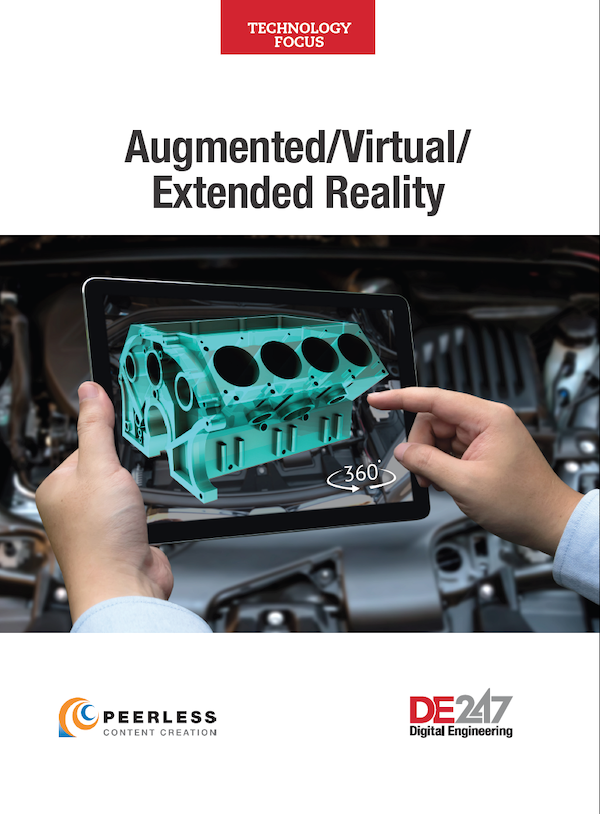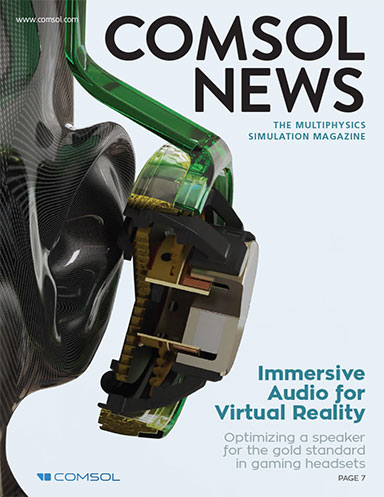WorldViz Debuts Vizard 6
Virtual Reality (VR) and Augmented Reality (AR) News
Virtual Reality (VR) and Augmented Reality (AR) Resources


Latest News
September 17, 2018
WorldViz has released Vizard 6, a new version of its Python-based virtual reality (VR) development platform. WorldViz focuses on three main areas: new third-party VR headset and peripheral support, an easier art workflow with support for the 3D model format GLTF and broader avatar support through Adobe's Fuse CC.
Vizard is a robust development environment for scientific-grade VR. It allows researchers and innovators to build precise and complex simulations that connect to VR headsets, CAVEs and Powerwalls, head/hand trackers and motion capture systems, and specialty devices such as eye trackers, haptic feedback devices and biophysiological sensors such as EEGs, EKGs and GSRs. And with an embedded Python interface, the user experience is straightforward and open. The release of Vizard 6 builds on this foundation with features that cater to its core audience of researchers and innovators.
“Vizard continues to show that there is a growing need for VR development tools that target professional audiences with specific research and business needs—needs for which game engines aren't always the best option,” said Andrew Beall, CEO of WorldViz. “For example, Vizard lets users take advantage of open source Python libraries that are widely used by the research community, and supports a range of hardware peripherals and tracking tools that aren't needed in the games and entertainment world. With Vizard 6, we have focused our attention on hardware and graphics, which were the two most requested areas of our audience.”
In hardware, Vizard 6 now has support for all Windows Mixed Reality headsets and new peripherals, including the Manus VR Gloves and Tobii eye-tracking hardware. These devices have been added to HTC Vive, Oculus Rift and the 150 + peripherals, trackers, biofeedback monitors and display types (including headsets and CAVES) that Vizard currently supports with its fully integrated VizConnect software tool.
On the graphics side, Vizard embraced the new 3D model format GLTF, which improves graphics rendering and provides new and simplified workflows out of Revit, Solidworks, Maya, Blender, SketchUp, Substance Painter, Modo, and more, as well as access to over 150,000 models in Sketchfab's library.
WorldViz now includes support for avatars created in Adobe Fuse CC. Fuse offers users an easy way to customize avatars that can then be imported into Vizard with all associated data (such as skeletons, etc) attached.
Additional features in Vizard 6 include the following:
- added support for building collaborative, multi-user VR settings;
- new VizConnect presets that provide one-click access to various new hardware setups, such as the WorldViz Vizbox, Windows Mixed Reality headsets, Oculus Touch and ViveTracker full-body tracking;
- real-time data streaming of full-body tracked data using Vive Trackers;
- improved model and lighting workflows with Vizard's integrated 3D model editor; and
- backwards compatibility to all Vizard versions.
For more information, visit WorldViz.
Sources: Press materials received from the company.
Subscribe to our FREE magazine, FREE email newsletters or both!
Latest News
About the Author
DE’s editors contribute news and new product announcements to Digital Engineering.
Press releases may be sent to them via [email protected].
Related Topics




